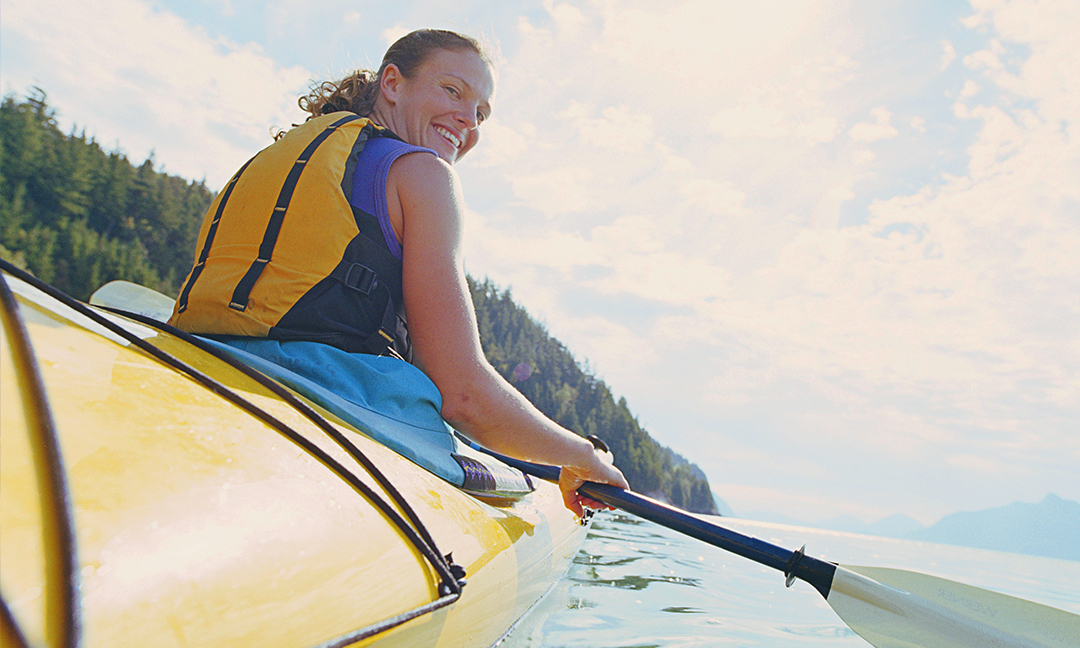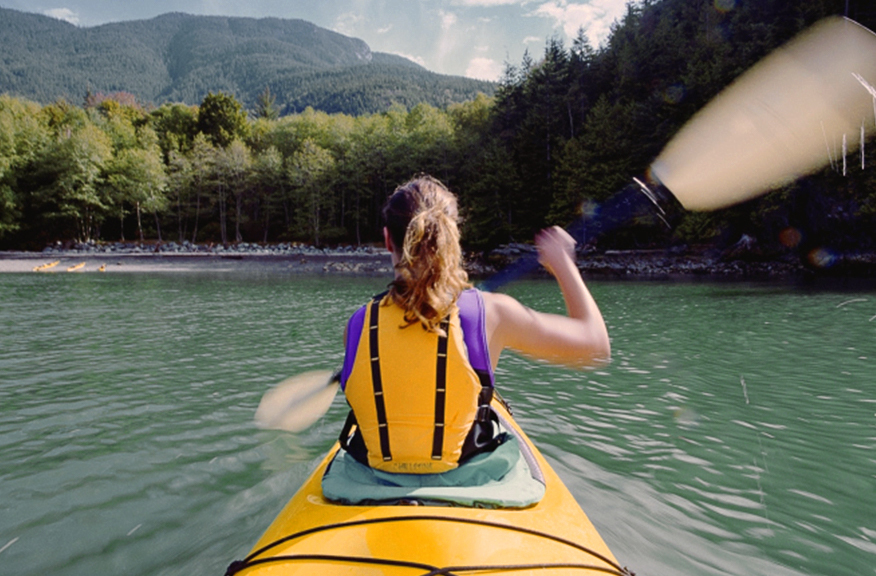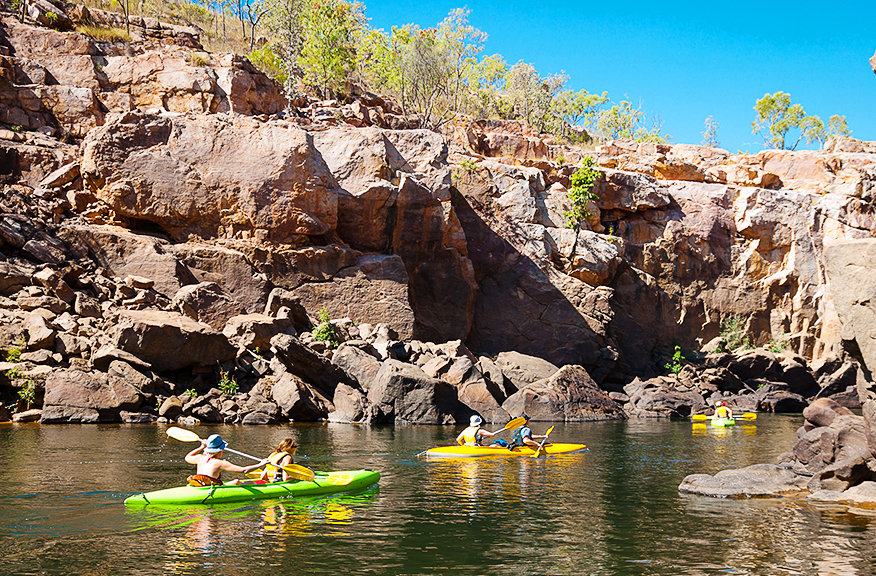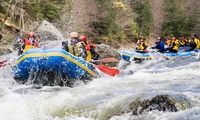GROUPON GUIDE TO VANCOUVER
A Kayak Guide for Beginner Paddlers
BY: Shannon Grilli |Sep 27, 2018
Shop Kayaking Tours Near You

Trending
Up to 45% Off Stand-Up Paddleboard Rentals on Lake Washington
9703 Northeast Juanita Drive, Kirkland
Sale Ends 4/27
$28.35 with_code GROUPON
Seattle Paddle

Explore Hidden Coves and Coastlines with Kayak Tours
1660 Harbor Ave. SW, Seattle
Sale Ends 4/27
$77.11 with_code GROUPON
Alki Kayak Tours

Three-hour kayak rental adventure on calm Westsound waters
732 Deer Harbor Road, Eastsound • 46.0 mi
Sale Ends 4/27
$18.99 with_code SAVEMORE
6 bought
Sunburnt Mermaid cottages

Three-Hour Kayak Tour for One Person from Amphibian Tours - Mexico
$48
Amphibian Tours - Veracruz, Mexico







